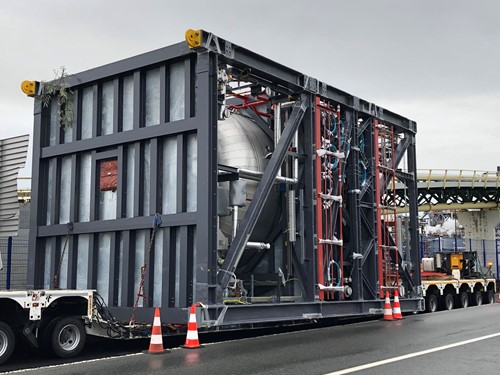We use cookies to help you navigate efficiently and perform certain functions. You will find detailed information about all cookies under each consent category below.
The cookies that are categorized as "Necessary" are stored on your browser as they are essential for enabling the basic functionalities of the site. ...
Necessary cookies are required to enable the basic features of this site, such as providing secure log-in or adjusting your consent preferences. These cookies do not store any personally identifiable data.
Functional cookies help perform certain functionalities like sharing the content of the website on social media platforms, collecting feedback, and other third-party features.
Analytical cookies are used to understand how visitors interact with the website. These cookies help provide information on metrics such as the number of visitors, bounce rate, traffic source, etc.
Performance cookies are used to understand and analyze the key performance indexes of the website which helps in delivering a better user experience for the visitors.
Advertisement cookies are used to provide visitors with customized advertisements based on the pages you visited previously and to analyze the effectiveness of the ad campaigns.
Infineum, a joint venture between ExxonMobil and Shell, announces the on-site arrival of a third Magnesium Sulfonate reactor at Port-Jérôme for installation and use at a lubricant additive plant operated by ExxonMobil Chemical France on behalf of Infineum.

This important $40M investment will add reliability, improve operability, and continue to secure the supply of Infineum additives from this ExxonMobil site by allowing for continuous production during maintenance operations and improve the availability of the unit. The additional flexibility of this multipurpose reactor will add reliability to the entire process. This will ultimately secure, as well as increase the production availability of important detergent components for Infineum additive products.
This fast-tracked project was delivered in about two years and will culminate in the installation of these modular units over the coming weeks, with the units expected to be mechanically complete by year end and fully approved in the first quarter of 2021.